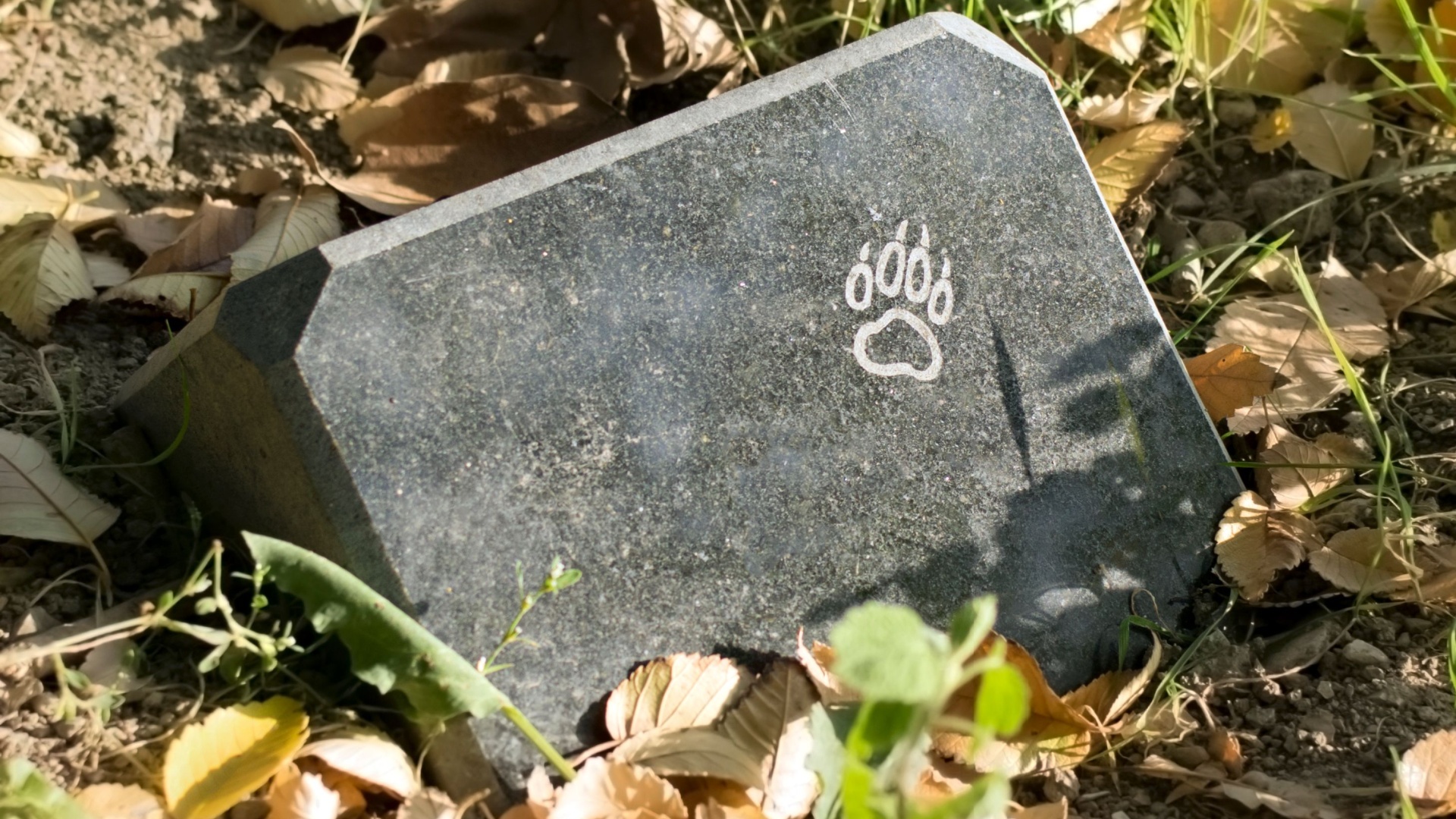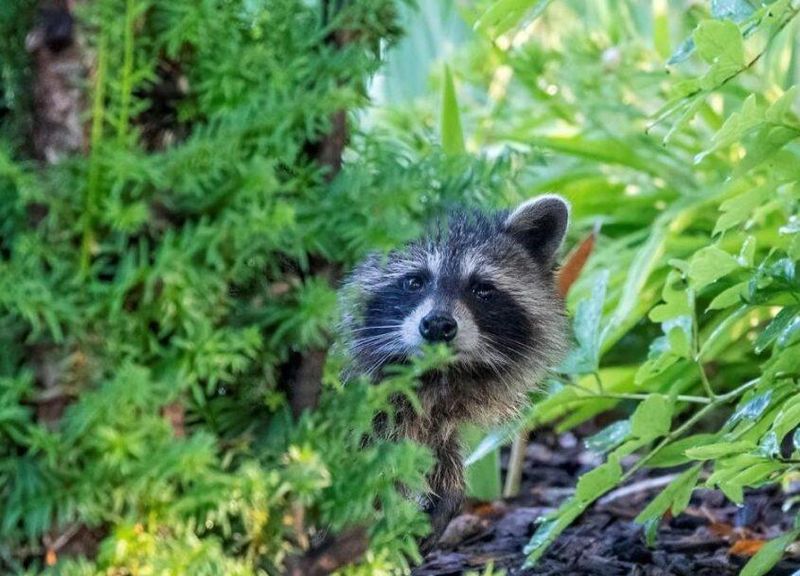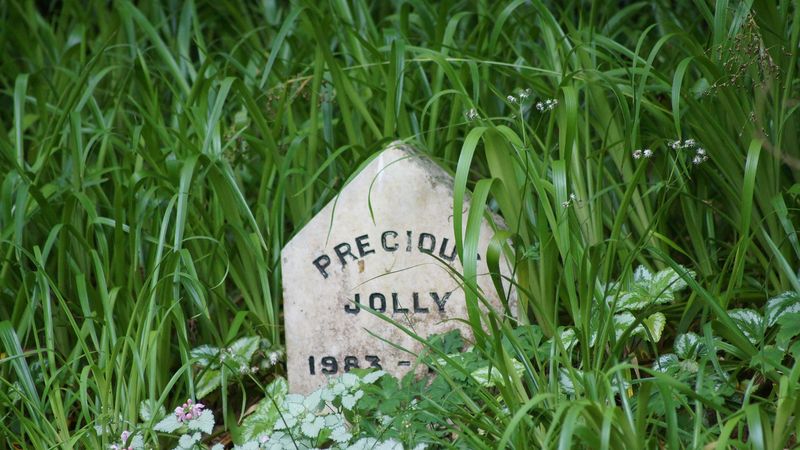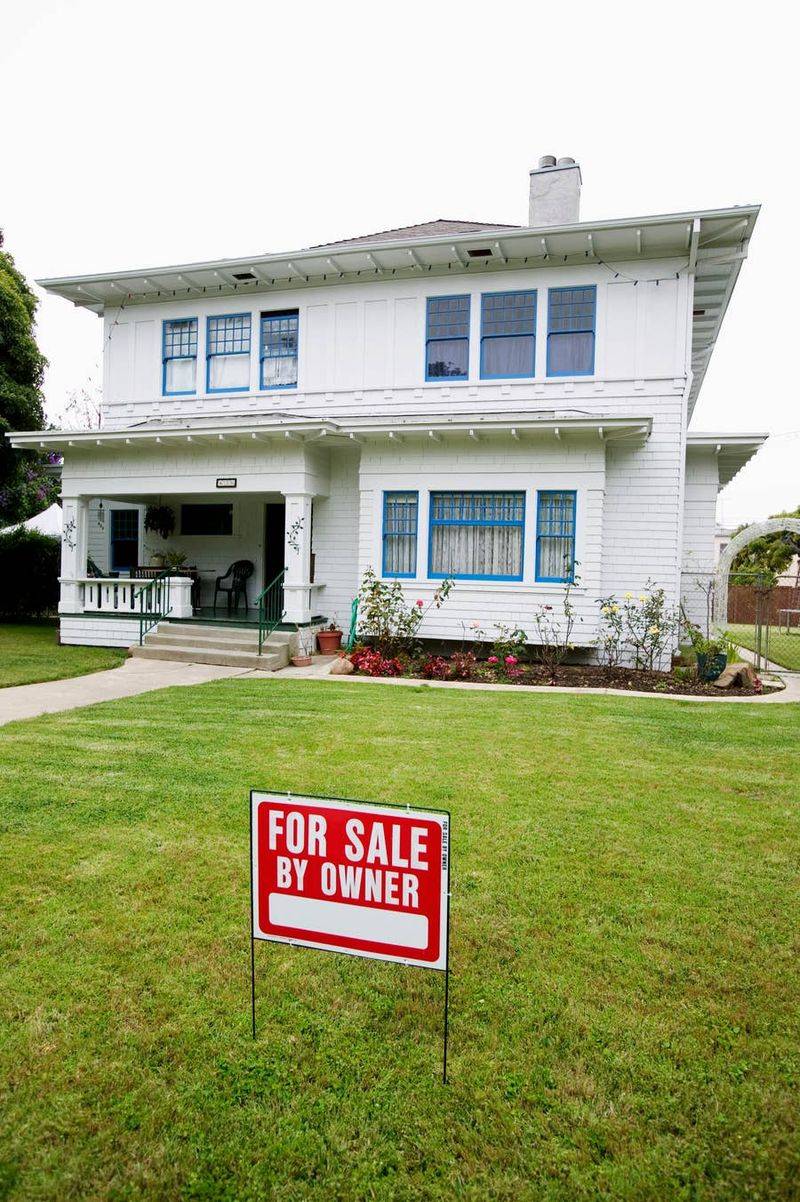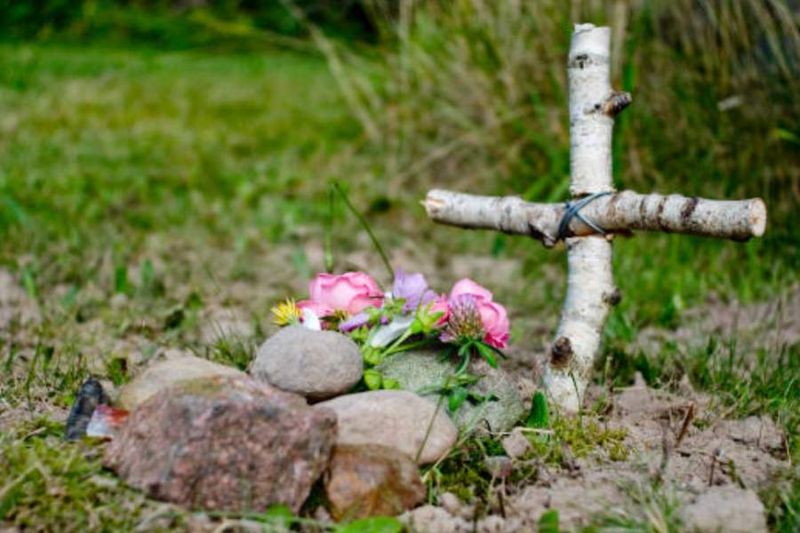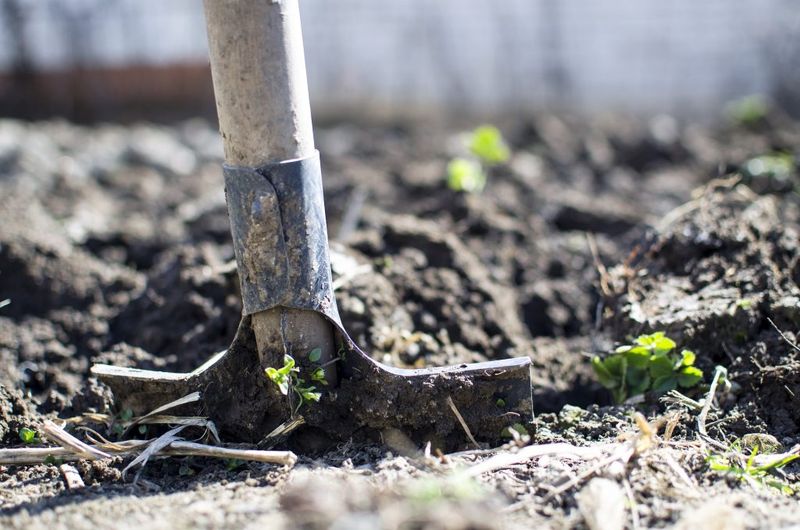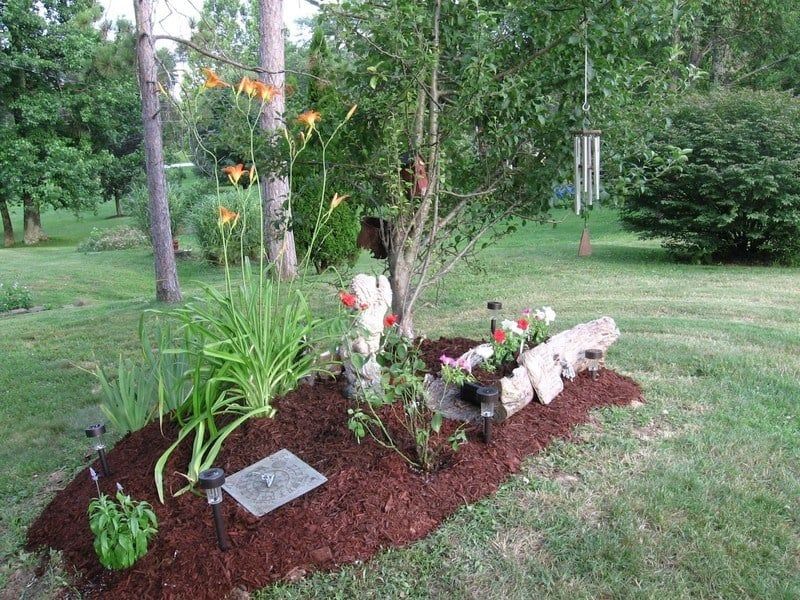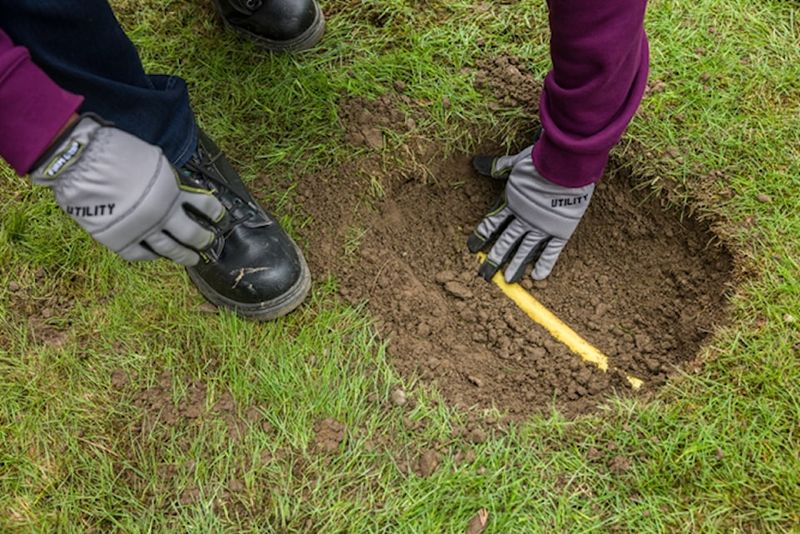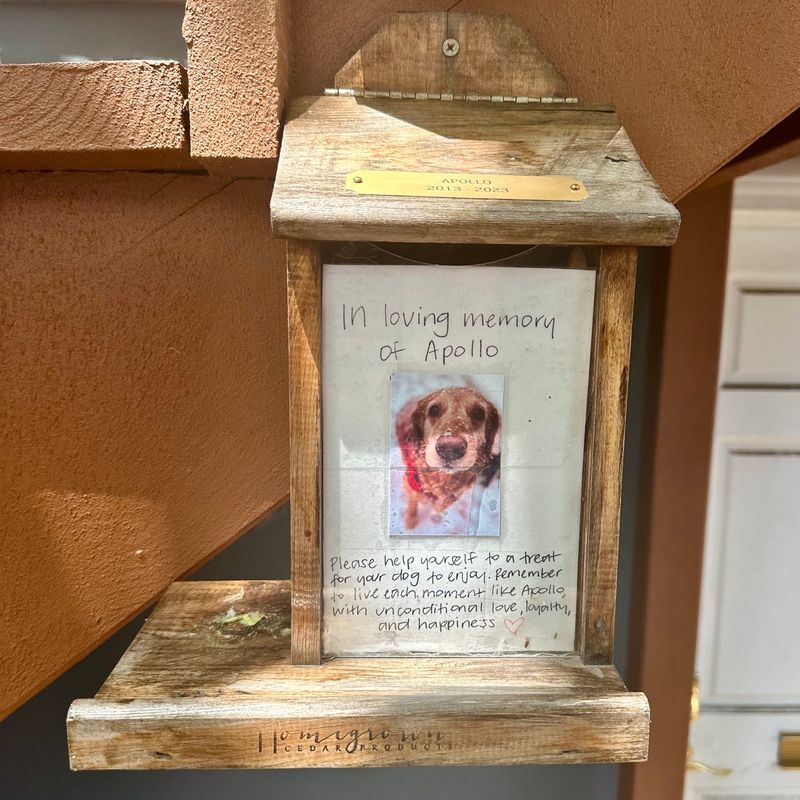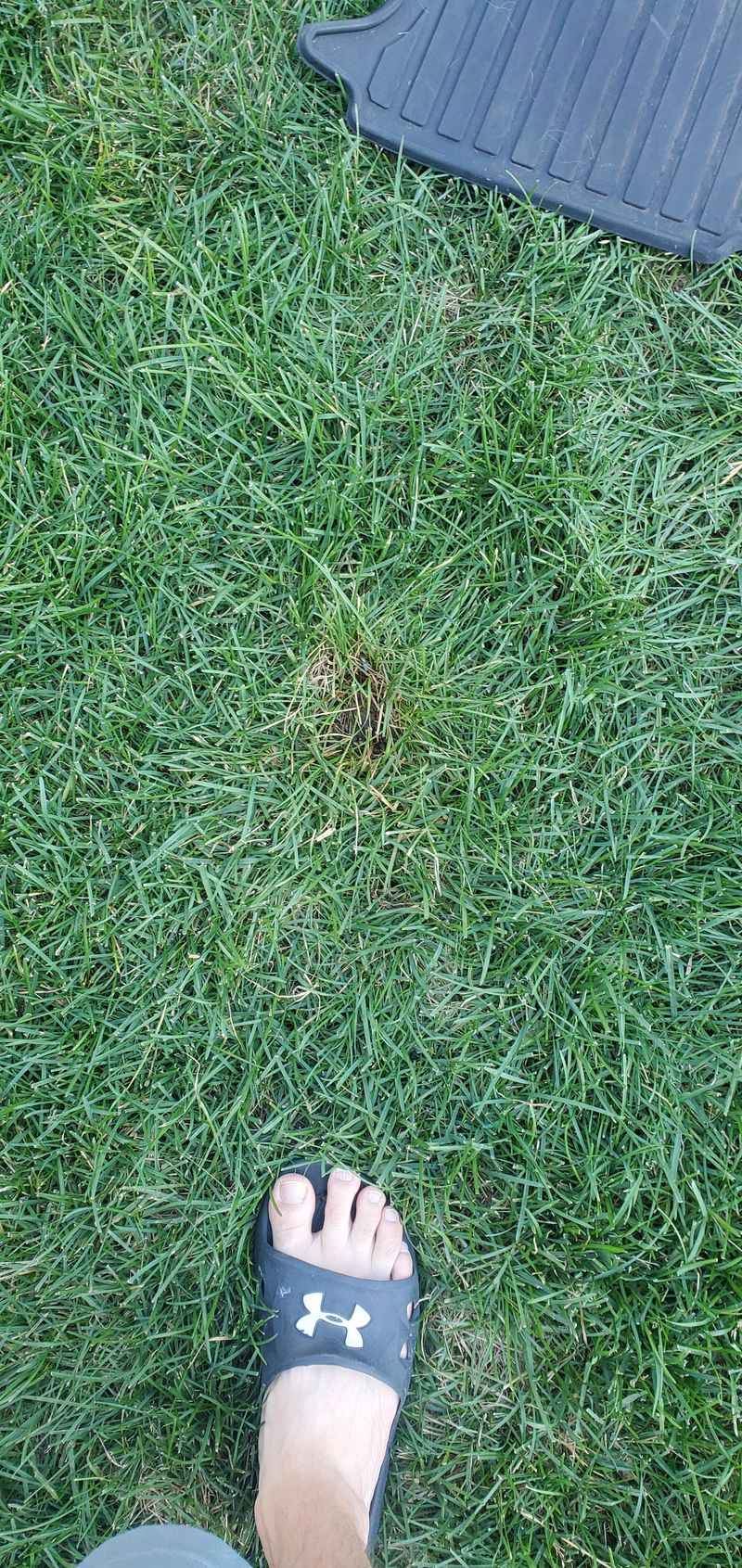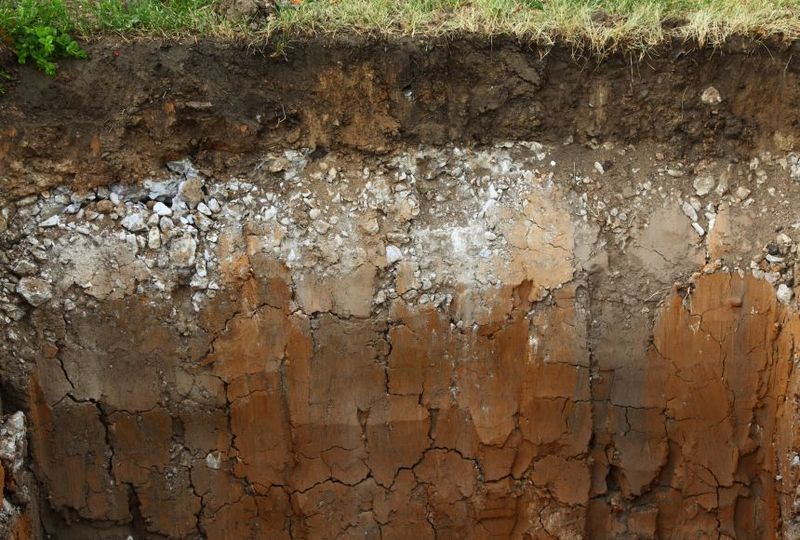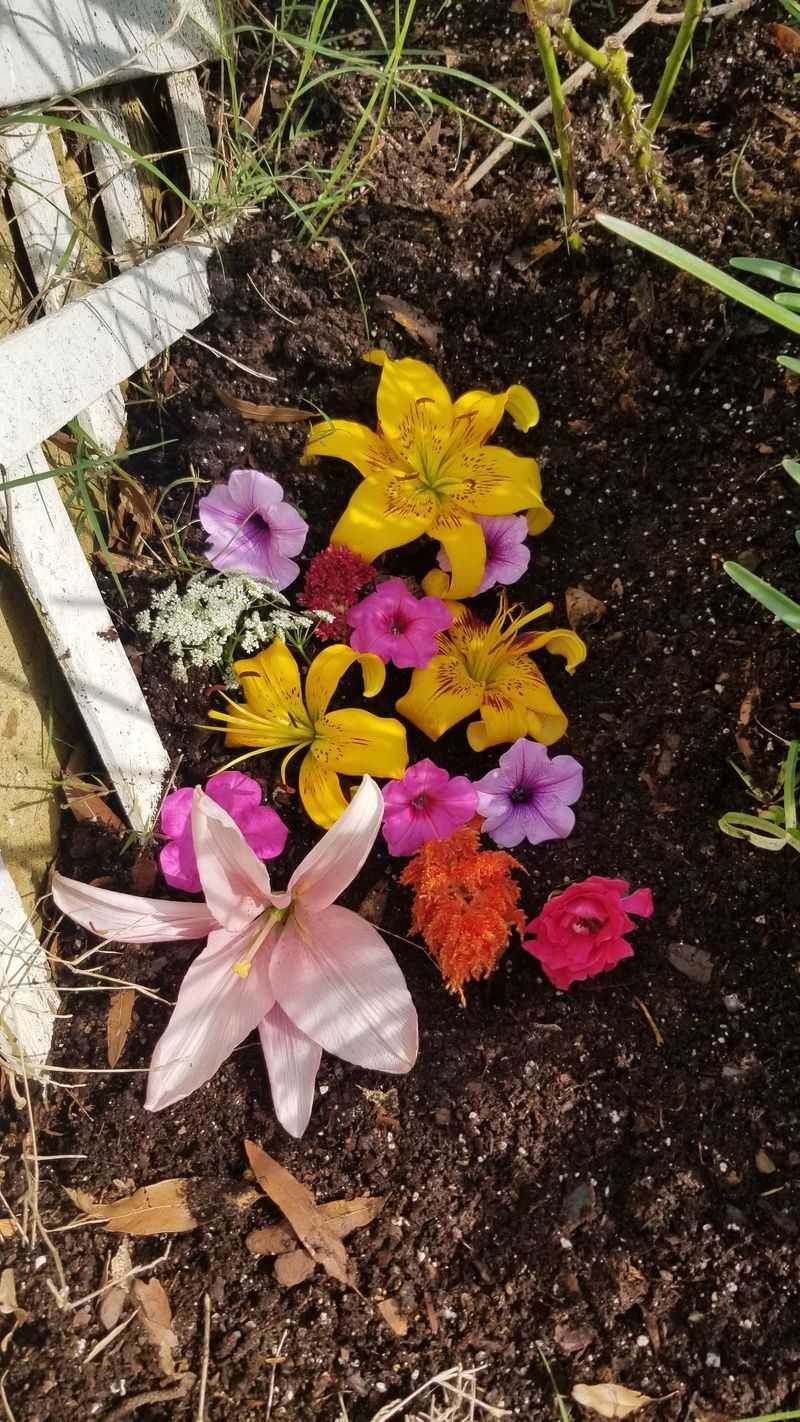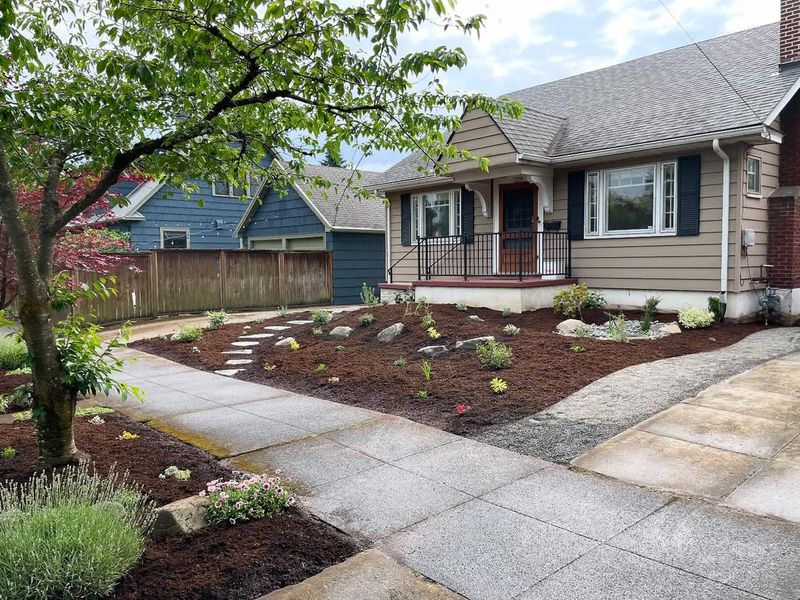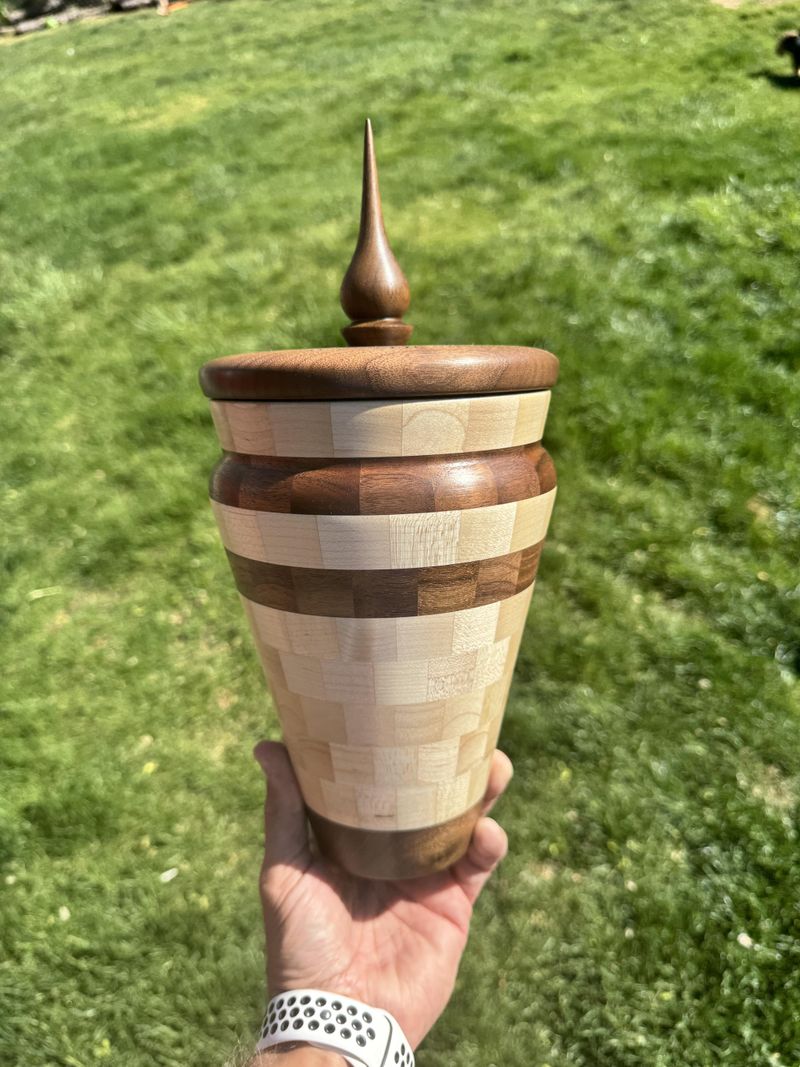Burying a beloved pet in the backyard may feel like a heartfelt goodbye—but it can come with serious risks. From soil contamination to disturbing local wildlife, what seems like a simple gesture can quickly turn into a gardening and environmental nightmare.
A seasoned gardening expert lays out 16 reasons why this common practice is best avoided—and what to do instead.
1. Attracts Wild Animals
Wild animals have incredible noses that can detect buried pets, even several feet underground. Foxes, coyotes, raccoons and other scavengers might dig up your pet’s remains, causing both emotional distress and a messy yard situation.
I once helped a neighbor replant an entire garden bed after raccoons destroyed it looking for a buried guinea pig. The smell of decomposition acts like a dinner bell to these creatures, no matter how deep you think you’ve dug.
2. Contaminates Groundwater
Decomposing remains release fluids that can seep into groundwater, especially if your pet received medications before passing. Euthanasia drugs like pentobarbital remain active long after death and can contaminate soil and water sources.
During heavy rain seasons, these chemicals travel further than you’d expect. My colleague documented contaminated runoff from a neighborhood where multiple pet burials had occurred, affecting a small stream where children often played during summer.
3. Legal Restrictions Exist
Many municipalities have specific laws against backyard animal burials. In urban areas, it’s often completely prohibited, while suburban zones may have strict regulations about depth and location.
A gardening client of mine received a $500 fine after a utility worker reported their pet burial. Even on your own property, you’re subject to local health codes and zoning laws. Always check with local authorities before considering a home burial.
4. Affects Future Homeowners
Consider what happens when you sell your home. New owners might unknowingly disturb your pet’s resting place when planting a garden or installing a pool.
I’ve witnessed the uncomfortable conversation when new homeowners discovered multiple pet graves while landscaping. It created emotional distress for both the previous and current owners. Properties with known pet cemeteries can even face decreased value, as some buyers find the idea unsettling.
5. Insufficient Burial Depth
Most homeowners don’t dig deep enough when burying pets. Professional recommendations suggest at least 3-4 feet deep, but rocky soil, tree roots, and underground utilities often prevent proper depth.
During a garden consultation, I discovered a client’s cat buried only 12 inches down. After a heavy rainfall, soil erosion had nearly exposed the remains. Shallow graves pose health hazards and can lead to unpleasant odors as decomposition occurs.
6. Disease Transmission Risk
Pets that died from certain diseases can spread pathogens through soil. Parasites, bacteria and some viruses survive in soil long after the pet has decomposed, potentially infecting other animals or humans.
My neighbor’s dog contracted parasites after digging near where a rabbit had been buried years earlier. Garden vegetables grown in contaminated soil can also absorb pathogens. This risk increases in yards where children play or food is grown.
7. Emotional Attachment to Property
Burying pets at home creates a permanent emotional attachment to that property. Moving becomes more traumatic because you’re leaving your beloved pet behind.
A gardening client confessed she declined a job promotion because relocating meant abandoning her backyard where five pets were buried. This emotional anchor can impact major life decisions in unexpected ways. Professional pet cemeteries or cremation offer more portable memorials.
8. Utility Line Disruption
Digging without knowing what’s below can damage underground utility lines. Water pipes, gas lines, internet cables, and irrigation systems often run through yards at varying depths.
Last spring, a family severed their sprinkler system while burying their gerbil. The repair cost exceeded $300. Always call utility locating services before digging, but even then, private lines like landscape lighting or irrigation may not be marked.
9. Complicated Winter Burials
Frozen ground makes winter burials nearly impossible in colder climates. Digging through frost-hardened soil can require special equipment most homeowners don’t possess.
I’ve counseled heartbroken families who had to store deceased pets in freezers until spring thaw. This prolongs grief and creates additional trauma. One family attempted a winter burial, spending hours with pickaxes, only to create a shallow grave that animals later disturbed.
10. Garden Space Limitations
Pet graves permanently reduce usable garden space. You’ll naturally avoid disturbing the area when planting, installing features, or landscaping.
My community garden plot neighbor couldn’t install a greenhouse because it would overlap with where three hamsters and a parakeet were buried. For small yards, this limitation becomes significant over time, especially for families with multiple pets throughout the years.
11. Decomposition Odors
Improperly buried pets create unpleasant odors as they decompose. Even with adequate depth, certain soil conditions can cause smells to surface, especially during hot weather or after heavy rains.
A client once hosted an outdoor wedding reception where guests commented on a strange smell. The source? A pet rabbit buried months earlier whose decomposition accelerated during summer heat. Proper composting requires specific conditions that backyard burials rarely provide.
12. Incomplete Decomposition
Many pet owners are shocked to discover that complete decomposition takes longer than expected. Depending on soil conditions, a medium-sized pet can take years to fully decompose.
While renovating a perennial bed, I once uncovered a pet’s remains still largely intact after three years. Certain soils, especially clay-heavy ones, can create almost mummified conditions where decomposition happens very slowly. This creates ongoing issues for future planting and soil health.
13. Psychological Impact on Children
Children may develop confused ideas about death when pets are buried in places they regularly play. The backyard becomes associated with loss rather than joy.
A family I worked with described their daughter refusing to play in the garden after their cat was buried there. She developed anxiety about the ground “taking” other things she loved. Professional counselors often recommend creating separation between play spaces and memorial spaces.
14. Lack of Proper Closure
Backyard burials often lack the ceremonial aspects that help with grief processing. Without the structure of a formal service, family members may struggle to find closure.
My sister buried her dog hastily during a rainstorm, creating a traumatic memory rather than a peaceful goodbye. Professional services offer dignity and ceremony that backyard burials often lack. Creating meaningful closure helps the healing process for both adults and children.
15. Landscaping Challenges
Future landscaping projects become complicated when working around pet burial sites. Tree roots, patio installations, and garden renovations must navigate these sensitive areas.
A landscaping colleague refused a project after learning the homeowner had buried seven pets throughout the yard. The proposed water feature would have disturbed multiple graves. Over decades, these limitations create increasingly complex design challenges that reduce property functionality.
16. Better Alternatives Exist
Modern pet aftercare offers many meaningful alternatives to backyard burial. Cremation with decorative urns, biodegradable vessels for tree planting, or professional pet cemeteries provide better solutions.
My favorite garden client created a beautiful memorial herb garden using her cat’s cremated remains in a biodegradable urn with a maple sapling. The tree thrives today, providing a living memorial without the drawbacks of traditional burial. These alternatives offer both closure and practical benefits.

